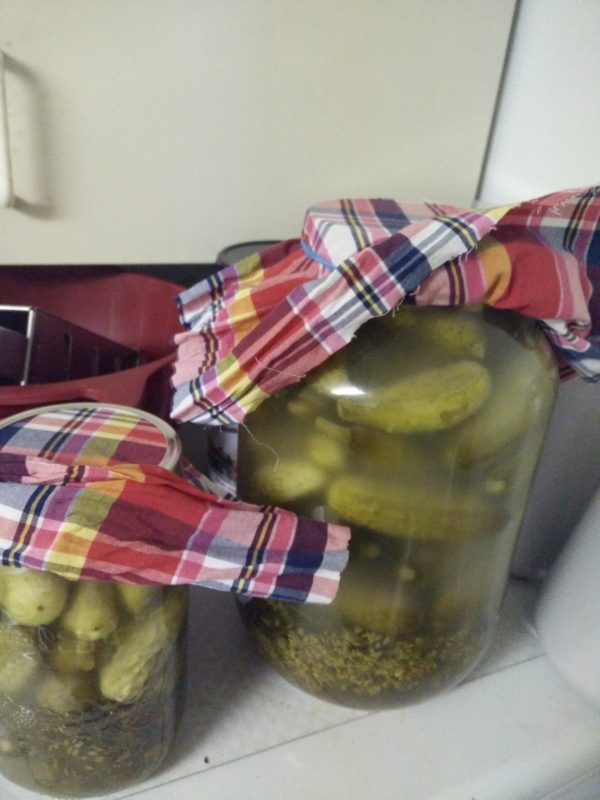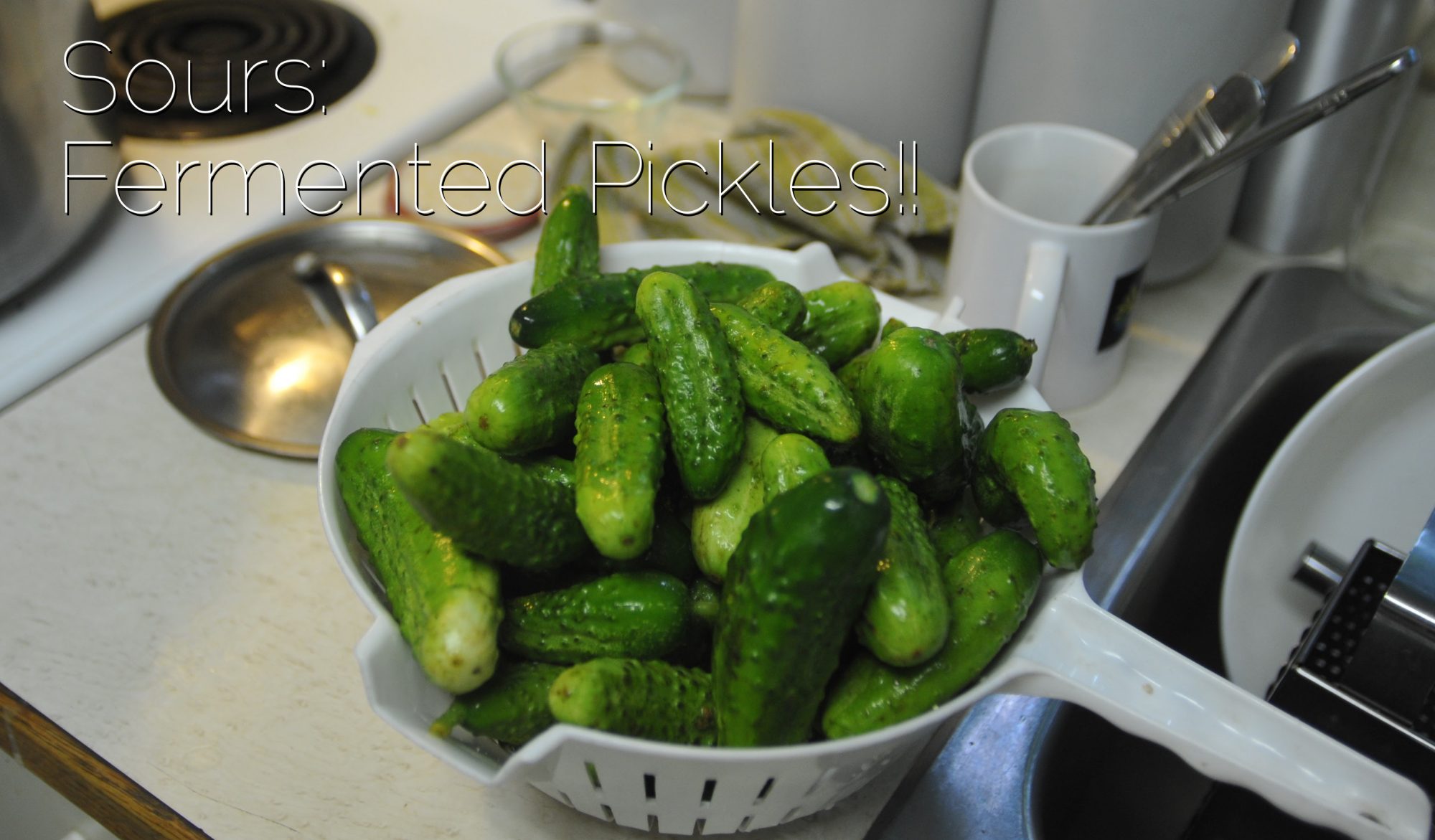Cucumber pickles – I’ve eaten a million of them. I’ve even made them before, but always in a vinegar brine, I’ve enjoyed them, and I like that you can change up the brine to make a slightly different pickle, but by-and-large I was just replicating things I could already get in the store. There’s nothing wrong with that at all, but if you’re someone with an overly ambitious to-do list like me, I figure you can probably just buy your vinegar pickles. Now, fermented pickles are an entirely different matter! Fermented pickles, also known as sour pickles have an entirely different flavour, and I’m 100% in love with them.
I’ve enjoyed fermenting quite a few of my own foods in the last 10 years or so: from hot sauces made with fermented peppers and garlic, to all manner of sauerkraut, kombucha, wine vinegars, water kefir, and even seed cheeses. But until now I’ve never gotten around to sour pickles, and I’ve been missing out.
I’ve found open-air ferments at home to be fantastically easy, and wonderfully rewarding. And my favourite fermenting guides treat them with the same casual ease. In this case, I bought fresh dill heads, a bag of pickling cukes, and a bulb of garlic from the local farmer’s market. For some reason, I really resented broadcasting my intentions so clearly to the crowd at the market, but I was overjoyed with the produce on offer.
Making Fermented Pickles
Wash yo cukes foo! They should still be a bit dirty at the market – washing them damages the skin so only do it just before you’re ready to use them.
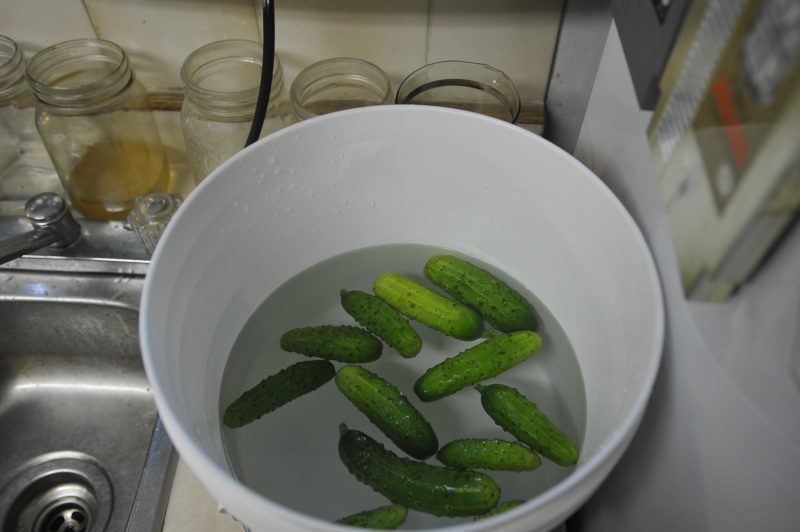
Chop up the flavours you’re adding to the brine and pack them into the bottom of the jar. I’m using the aforementioned dill heads and garlic, along with some peppercorns and chilli flakes. You can also see I’ve packed in some grape leaves – the rumour is that these will help maintain the crispness of the pickles, and I like my pickles crunchy. As far as I know, there is no proof the leaves are effective, but I’ve got a grapevine in the yard so I figure why the fuck not!
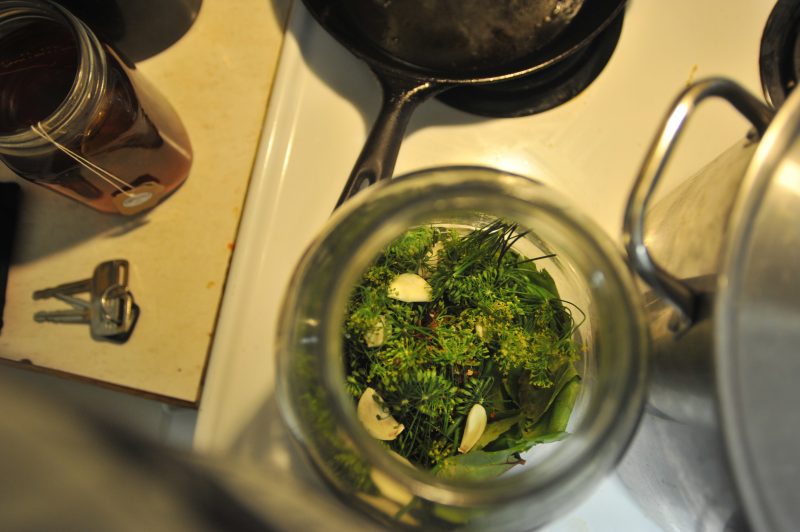
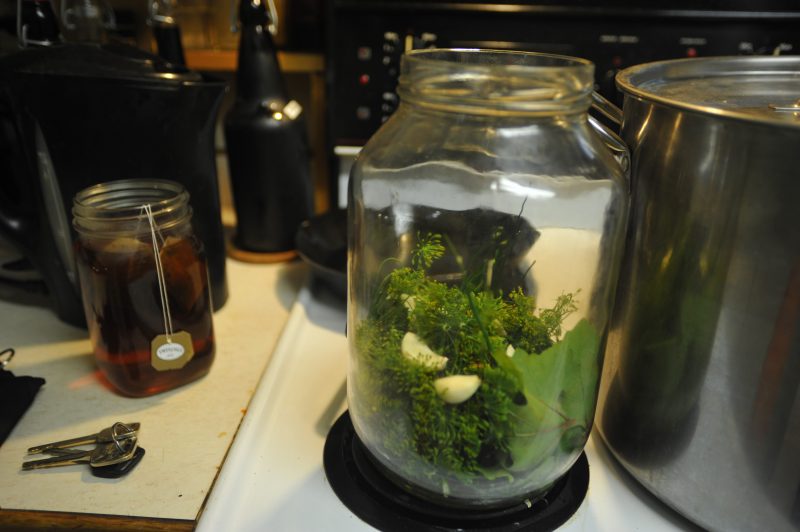
Pack in your cukes and pour over the brine. I used a medium salty brine. When you look it up you’ll find that there’s some variance in the levels of salt people use. There’s a certain minimum salinity to keep things safe, but beyond that, more salt means a slower ferment, so if you are picking a great deal you can plan ahead to have saltier pickles ready later in the season – just remember to mark your jars! How much salt should you add to your pickle brine? This time around I used 15ml / Litre which is the same as 3Tbsp / Quart if you aren’t hip to metric. Note that you are always aiming to have a salt content in the brine of between 2-3%, more salt and you’ll inhibit the good bacteria, less salt and you won’t inhibit the bad bacteria enough.
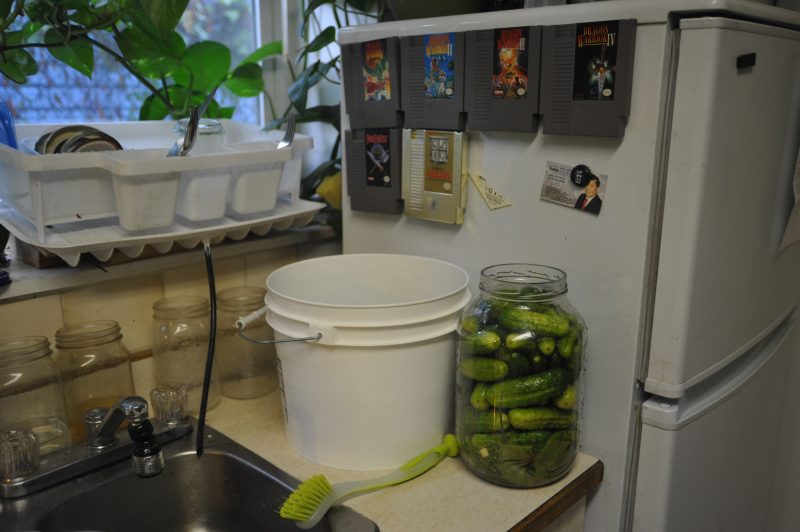
Cover EVERYTHING with brine, anything that breaks the surface is not fermenting and may rot and introduce dreaded mold. If you’re using a wide mouth mason jar, use a spare jar ring and a length of clean, thin, tight-woven cotton as a cover. For larger and odd-sized jars, use the same type of cloth with an elastic band, or even the waistband off of a pair of undies.
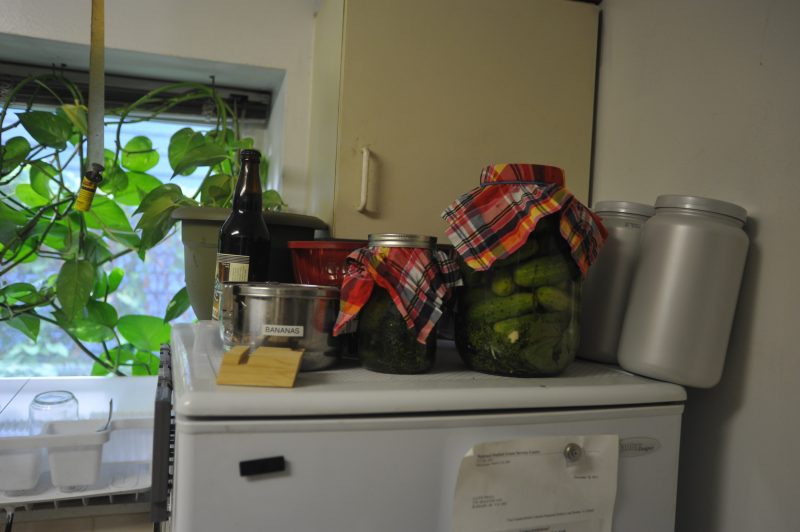
Let it sit.
Some days later there might be a few bubbles and the brine may go cloudy. Chill Winston, it’s totes normal. Your pickles are ready when you say they are, anywhere from a few days to a few months later – and everywhere in between. There are a lot more notes to fermented pickles, but if you like pickles you’ll probably like the chorus that fermentation creates!
